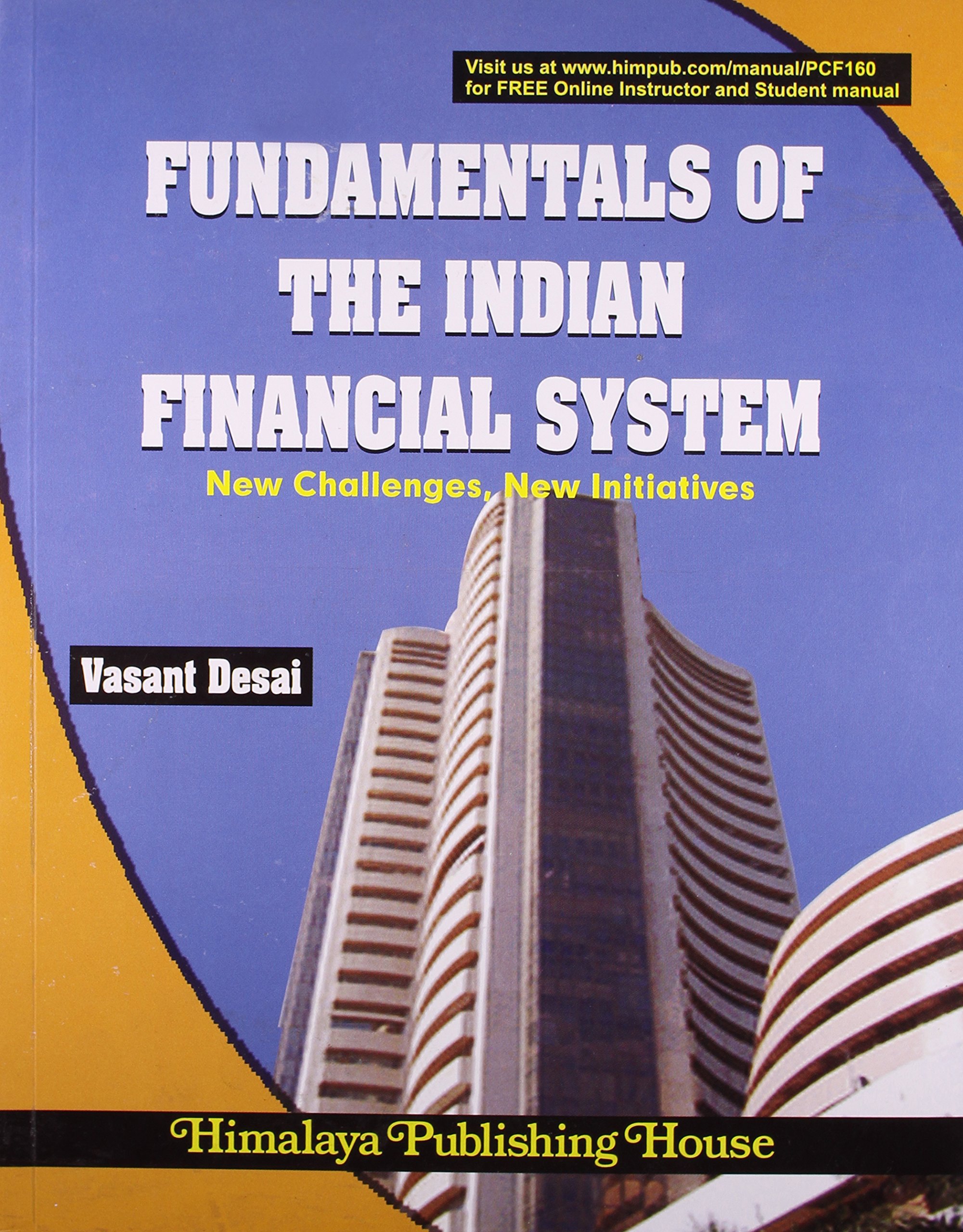Fundamentals of the Indian Financial System
no information available
Financial System is the mirror reflection of an economy. The performance of any economy to a large extent, is dependent on the performance of the financial institution. In such an environment the agility to adopt to emerging dynamics is the deciding the growth of sound financial system. The rules of the game is on Mergers and Acquisitions. The financial services industry is seeing a consolidation, with all segments of players offering of a plethora of services. In the post liberalisation era, the finance sector is witnessing a complete metamorphosis. Deregulation measures have included the freeing up of direct controls over ownership, liberalising interest rates and credit allocation, deregulating foreign exchange transaction controls, freeing up the entry of new firms, and expanding and broadening the base of the banking system both for nationals and international business ventures. At the same time, non-banking financial institutions, securities markets and money markets have developed to mobilize and allocate savings. Experience suggests that financial liberalisation needs to be undertaken alongside macro-economic reform. In this context, 'Fundamentals of the Indian Financial System' is a subject that is assuming greater importance and is bound to be one of the key topics of discussion during the next two/three decades. This is, as it should be, to consider what sorts of financial institutions will be best suited to be economic environment in the 21st century. Book Content of Fundamentals of the Indian Financial System PART ONE FINANCIAL SYSTEM 1. The Structure of the Financial System 2. Function of the Financial System 3. Financial System and Economic Development 4. Financial Development Ratios 5. Fund Flow Analysis 6. Reforms in Financial Sector in India PART TWO FINANCIAL INSTITUTIONS 7. The Reserve Bank of India 8. Functions of Reserve Bank of India 9. Monetary Policy and Credit Control 10. Commercial Banking 11. Non-Banking Financial Intermediaries 12. Mutual Funds and Insurance Business in India 13. The Insurance Regulatory and Development Authority (IRDA) PART THREE FINANCIAL MARKETS 14. Role and Structure of the Money Market 15. The Capital Market 16. The Indian Debt Markets New Issue Market 17. New Issue Market 18. Call Money Market 19. Bills Market 20. Foreign Exchange Markets PART IV GOVERNMENT AND INDUSTRIAL SECURITIES MARKETS 21. Integration of Money and Capital Markets 22. Equity and Loan Capital 23. Role and Functions of Stock Exchanges 24. The National Stock Exchange of India 25. Over the Counter Exchange of India 26. Discount and Finance House of India 27. Securities and Exchange Board of India 28. Stock Holding Corporation of India 29. Credit Rating in India 30. Market for Derivatives PART V INTERNATIONAL FINANCE MARKETS 31. Nature, Organisation and Participants 32. Offshore Financing Instruments 33. Role and Functions of the Asian Development Bank Appendices Appendix I Appendix II Appendix III ... Read more Read less











